Nucleous
The Scene
The park landscapes crafted by Eleonore Koch represent a highly significant aspect in her body of work. Initiated through a process that began with visits to parks and gardens in
London, Versailles, and other European locations, these paintings combine direct observations, photographic notes, and mental reflections that often blend reality and fantasy. Many
of them exude a somewhat staged, artificial quality, much like the parks themselves, where nature is arranged to appear “natural.” These landscapes resemble sets or images of thought,
of dreams, some featuring incongruous elements that hint at this dreamlike imagination; the balustrades, staircases, terraces—the famous classical elements of these parks, reminiscent
of Italian villas—emerge in the artist’s compositions as a stage for her color and composition meditations, in which elements of memory and affection “intrude”: the favorite chair,
blue-hued plants, a floor like the surface of the sea.
The Importance of the Object
Eleonore Koch was fully aware of concretist ideas, having engaged with the circle of artists associated with the movement—among them Geraldo de Barros—and observing Alfredo Volpi’s
dialogue with the propositions of concrete art. Nonetheless, she did not “abandon” figuration to become “abstract,” as many of her contemporaries did. Koch spoke of her preference
for objects: “because they are beautiful.” Hence, the importance of still life in her body of work, alongside interiors. However, her painting goes beyond mere “subject” matter or
theme, despite being vehemently figurative. The “resolution of the painting,” according to the principles of Volpi and Ernesto de Fiori, that is, the attention to composition—lines,
planes, colors—within the space of the canvas, is the focus of her painting. This aspect becomes evident through the numerous studies carried out by the artist for each composition
or its variations. Meticulous color notes are nearly always present, indicating the range of possible combinations. The use of colored, cut papers is also observed, which could be
arranged and rearranged, altering the compositions, facilitating the continuous observation of the effects of color interplay (she was a great student of Joseph Albers’ work). The
manifestation of objects, landscapes, interiors, in the artist’s “inner vision,” magnetized by the colors of her imagination, by the impact on her perception, sensitivity, and
affections, thus suggesting a certain way of being in the-world—this is the focus in her artistic practice.
The Method
Eleonore Koch experimented with various artistic techniques before choosing tempera painting. Sculpture and oil painting occupied her early years of work until 1953, when she learned
the technique of egg tempera in Alfredo Volpi’s studio. Although she frequented this artist’s studio, Koch did not take formal “lessons”. Instead, she observed his method, engaged in
discussions about art, but also, in the comings and goings of the studio, they watched movies in the Liberdade neighborhood, and acquired toys to use as working objects: Japanese cars,
lamps, spinning tops, among others, that were shared as motifs for their works, as can be observed in the exhibition, including the two paintings that were showcased in the VI São
Paulo Biennial, in 1961. Tempera, a technique favored by Volpi due to his interest in the painting of the so-called Italian “primitives,” that is, Quattrocento painting, was also
embraced by the artist, although Volpi never fully divulged the recipe for “his” technique. Koch learned through observation and perfected the method, keeping the method’s secrets to
herself. Eleonore Koch’s collection of pigments—minerals, vegetables, and a few synthetics, some inherited from Volpi—is now part of the collection of the Conservation and Restoration
Center of the Pinacoteca de São Paulo. In the artist’s studies, meticulous notes on pigments and mixtures made to achieve specific hues can be found. The Eleonore Koch archive at MAC
USP contains diaries with brief notes on her painting practice, documenting the difficulties she faced, and the solutions found.
Interiors
Interior scenes (Zimmerbilds) belong to a tradition in European bourgeois painting that has been popular since the 17th century. As a pictorial genre, they consist of the meticulous
representation of a room devoid of any characters. In the 19th century, the descriptive intention of these scenes gains psychological depth, beginning to convey the subjectivity of
individuals through objects. From this tradition, Koch’s interiors maintain the representation of her social status and the revelation of aspects of her intimacy.
A chair, an armchair, a table, a sewing machine, a trunk, and a folding screen – these are the only pieces of furniture that the artist represented throughout her career, attesting
to their emotional significance. Always depicted either alone or in pairs, and within uninhabited spaces, they define predominantly empty rooms, suggesting a departure from traditional
domestic life. As a white, Jewish woman, Koch benefited from family support for her education. Determined to pursue her career, she chose not to marry. To ensure her independence, she
worked as a book vendor, assistant set designer, secretary, and translator. As a “worldly artist,” her living spaces were always her studios.
Formally, the interiors are created based on an unusual relationship between figure and ground: the goal is not to convey depth of field, but to explore chromatic possibilities.
Nevertheless, the furnishings do not appear to float in space: the structural choices of colors allow the ceiling, floor, and wall to be instantly identified. Thus, the pictorial
composition moves away from the traditional descriptive nature of the interior genre, embracing qualities of modern formal experimentation, as well as a certain narrative capacity.


